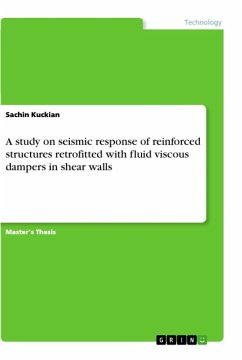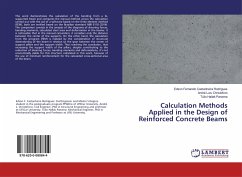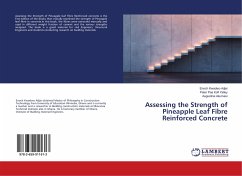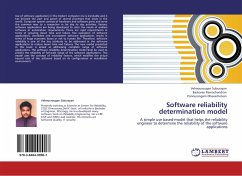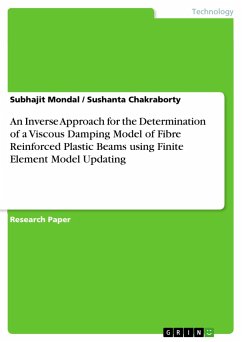
An Inverse Approach for the Determination of a Viscous Damping Model of Fibre Reinforced Plastic Beams using Finite Element Model Updating
Versandkostenfrei!
Versandfertig in 1-2 Wochen
15,95 €
inkl. MwSt.

PAYBACK Punkte
0 °P sammeln!
Research Paper (postgraduate) from the year 2014 in the subject Engineering - Plastics, , language: English, abstract: Investigations have been carried out both numerically and experimentally to settle with a practically feasible set of proportional viscous damping parameters for the accurate prediction of responses of fibre reinforced plastic beams over a chosen frequency range of interest. The methodology needs accurate experimental modal testing, an adequately converged finite element model, a rational basis for correct correlations between these two models, and finally, updating of the fin...
Research Paper (postgraduate) from the year 2014 in the subject Engineering - Plastics, , language: English, abstract: Investigations have been carried out both numerically and experimentally to settle with a practically feasible set of proportional viscous damping parameters for the accurate prediction of responses of fibre reinforced plastic beams over a chosen frequency range of interest. The methodology needs accurate experimental modal testing, an adequately converged finite element model, a rational basis for correct correlations between these two models, and finally, updating of the finite element model by estimating a pair of global viscous damping coefficients using a gradient-based inverse sensitivity algorithm. The present approach emphasises that the successful estimate of the damping matrix is related to a-priori estimation of material properties, as well. The responses are somewhat accurately predicted using these updated damping parameters over a large frequency range. In the case of plates, determination of in-plane stiffness parameters becomes easier, whereas for beam specimens, transverse material properties play a comparatively greater role and need to be determined. Moreover, for damping matrix parameter estimation, frequency response functions need to be used instead of frequencies and mode shapes. The proposed method of damping matrix identification is able to reproduce frequency response functions accurately even outside the frequency ranges used for identification.



